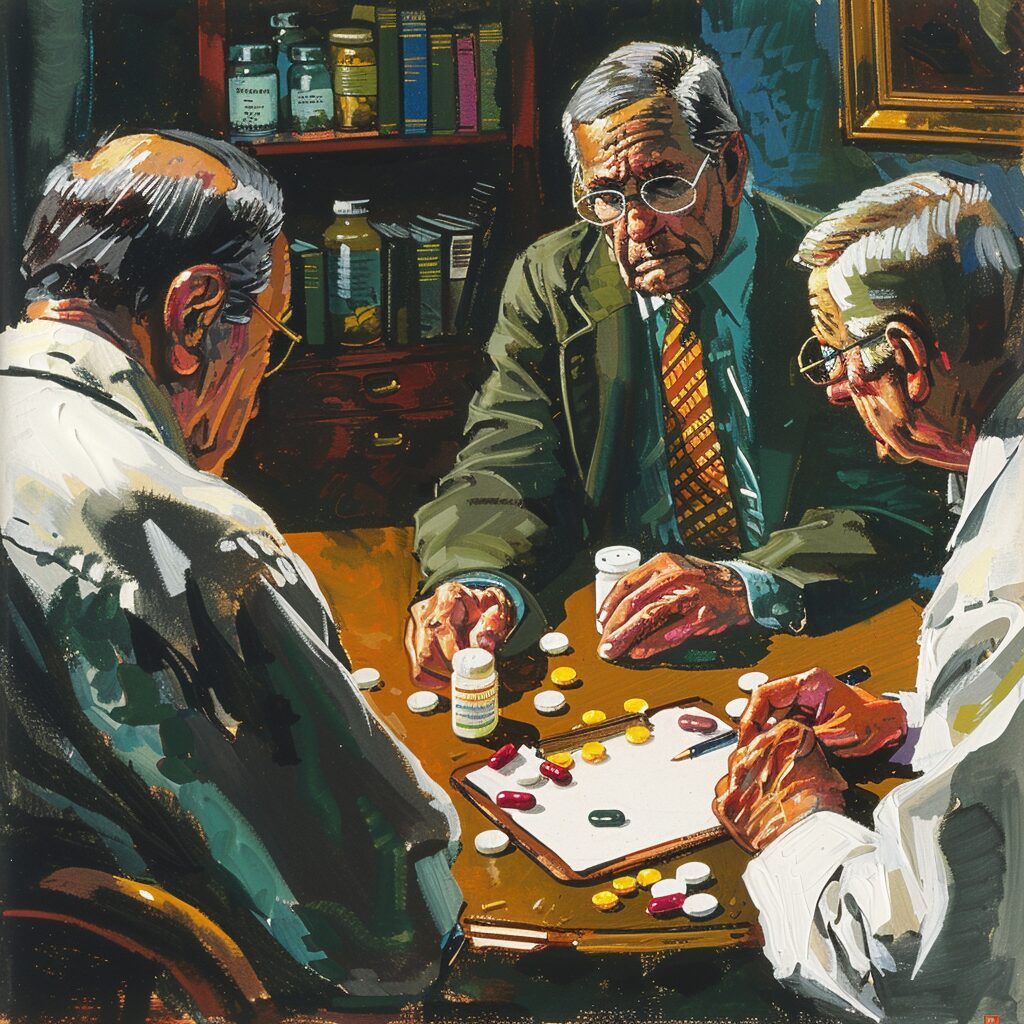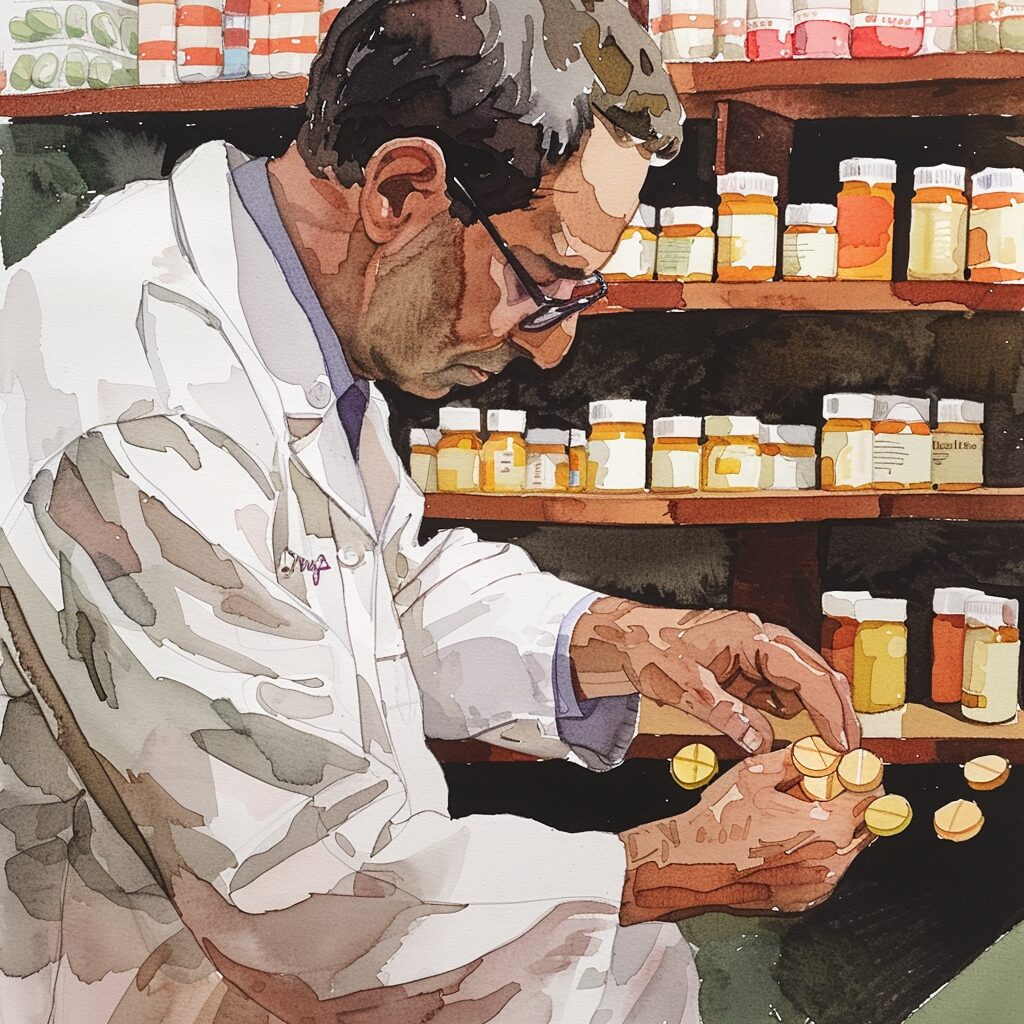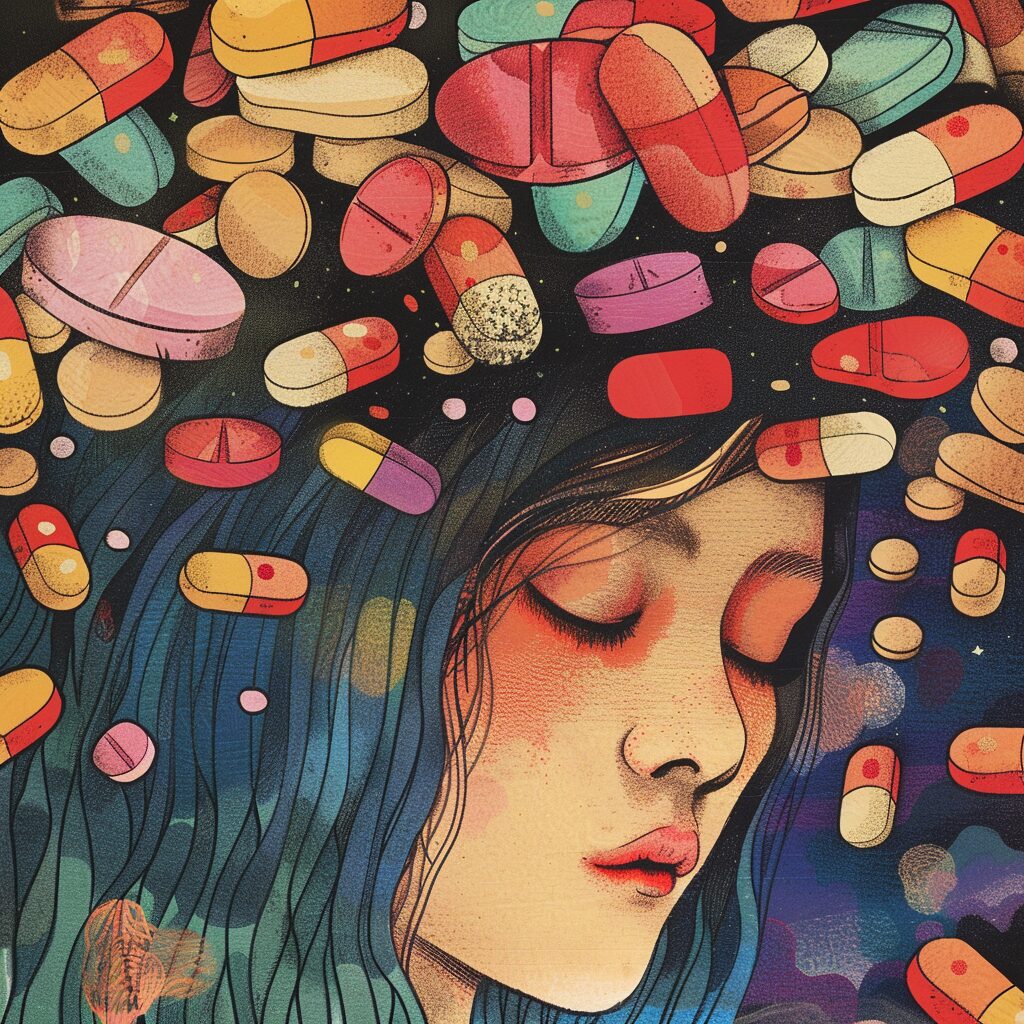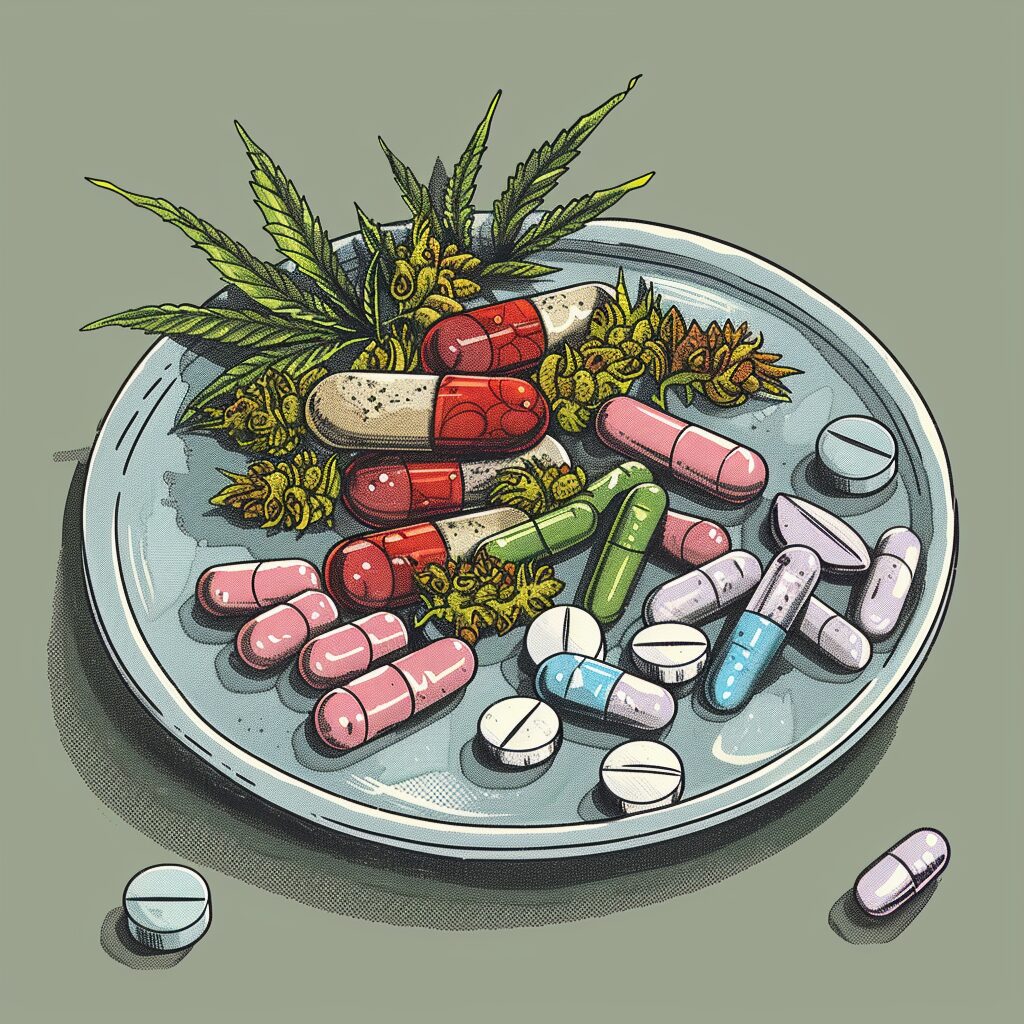Key Takeaway:
- Individuals with Seasonal Affective Disorder (SAD) are at an increased risk of developing substance abuse issues due to the self-medicating effects of drugs and alcohol.
- Co-occurring mental disorders, such as depression or anxiety, can often exacerbate addiction in individuals with SAD, making proper treatment even more critical.
- Preventing SAD and addiction can be accomplished through alternative therapy options such as light therapy, cognitive-behavioral therapy, and exercise, as well as making lifestyle adjustments such as getting enough sleep and following a healthy diet.
Do you struggle with addiction, or know someone who does? There may be an underlying cause: Seasonal Affective Disorder (SAD). This article will cover how SAD can present as an addiction trigger.
Exploring Seasonal Affective Disorder (SAD)
Exploring Seasonal Affective Disorder (SAD)
Seasonal Affective Disorder (SAD) is a type of depression that is related to changes in seasons, particularly during the winter months when there is less sunlight. It is estimated to affect around 10 million Americans, and it can be a difficult and isolating experience. People who suffer from SAD often find themselves feeling lethargic, sleeping more than usual, and experiencing feelings of sadness and hopelessness. However, there are some things you can do to identify and manage the symptoms of SAD.
Identifying the Symptoms of SAD
The symptoms of SAD can vary from person to person, but some of the most common include feelings of sadness, hopelessness, and irritability. People with SAD may also experience changes in their appetite, weight gain or loss, difficulty sleeping, and lack of energy or fatigue. Additionally, people with SAD may find it difficult to concentrate or focus, and they may withdraw from social situations or activities they used to enjoy.
Understanding the Causes of SAD
There are several factors that can contribute to SAD, including changes in daylight hours, disruption of circadian rhythms, and serotonin levels. During the winter months, there is less sunlight, which can affect the body’s natural rhythms and lead to feelings of depression. Additionally, the body’s levels of serotonin, a chemical that affects mood, can be disrupted due to changes in the levels of sunlight. Finally, changes in the body’s circadian rhythms, which regulate sleep and wakefulness, can also contribute to the symptoms of SAD.
Suggestions for Managing SAD
If you think you may be suffering from SAD, there are some things you can do to manage your symptoms. One suggestion is to increase your exposure to sunlight, either by spending time outside during the day or by using light therapy. Light therapy involves using a special lamp that emits bright light, which can help regulate your body’s natural rhythms and improve your mood. Additionally, regular exercise, healthy eating, and stress-reduction techniques like meditation or yoga can help improve your overall well-being and reduce the symptoms of SAD. Finally, if your symptoms are severe, you may want to consider working with a mental health professional to develop a treatment plan that is tailored to your specific needs.
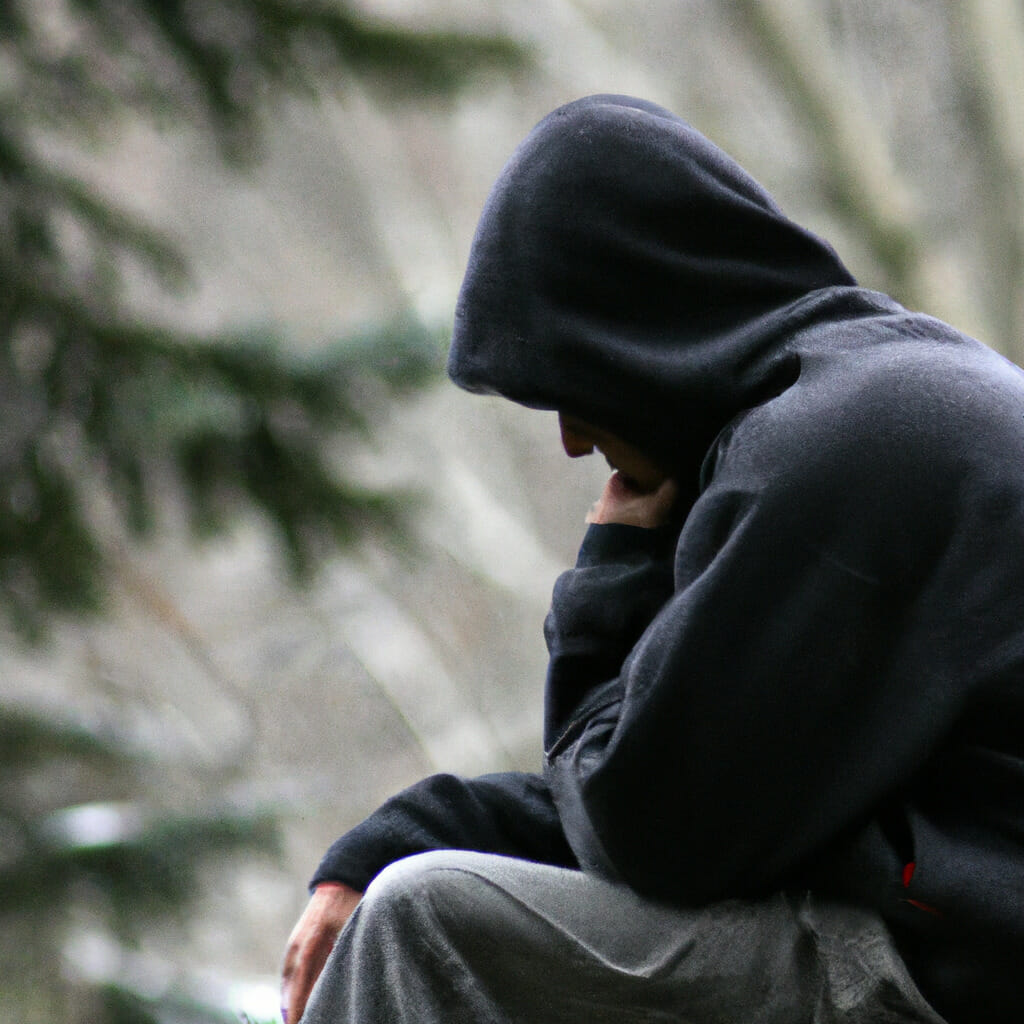
Image credits: www.lantanarecovery.com by Joel Woodhock
The Connection Between Seasonal Affective Disorder and Addiction
The connection between Seasonal Affective Disorder (SAD) and addiction has been studied extensively over the years, and there is a strong link between the two. People with SAD often turn to drugs or alcohol as a coping mechanism to alleviate the symptoms of depression and anxiety that come with the disorder. This can lead to addiction and substance abuse, often making the symptoms of SAD worse in the long run.
Research has found that individuals with SAD are at an increased risk of developing a substance abuse disorder. The symptoms of SAD, such as lethargy, apathy, and low mood, can be extremely debilitating and can lead to an increased dependence on substances to cope. Studies have shown that people suffering from SAD are more likely to binge drink, use drugs, and develop an addiction compared to those without the disorder.
In addition to the relationship between SAD and addiction, co-occurring mental health disorders such as anxiety and depression can also increase the risk of substance abuse. For example, a person with SAD may also suffer from depression, which can exacerbate the symptoms of both disorders and further increase the likelihood of substance abuse.
There are also a number of risk factors associated with SAD and addiction, including genetics, stress, and trauma. Identifying these risk factors can help individuals take measures to prevent the onset of addiction and seek appropriate treatment if they do develop a substance abuse disorder.
If you or someone you know is struggling with SAD and addiction, it’s important to seek professional help. Some personal suggestions to manage symptoms of SAD without the use of substances include light therapy, exercise, stress reduction techniques, and support from loved ones. These methods can help alleviate some of the symptoms of SAD and reduce the risk of developing an addiction. Remember that seeking help is a sign of strength and taking proactive measures to manage your mental health is always a wise decision.
Various Treatment Options for Seasonal Affective Disorder and Addiction
The heading “Various Treatment Options for Seasonal Affective Disorder and Addiction” immediately satisfies the search intent of individuals who are seeking information about potential treatment options for these conditions. It suggests that a range of treatments is available and that there is hope for people suffering from both Seasonal Affective Disorder (SAD) and addiction.
Cognitive Behavioral Therapy (CBT) is a viable treatment option that can be effective in treating SAD and addiction. CBT is a type of therapy that involves identifying and changing problematic thought patterns and behaviors. With CBT, patients learn how to cope with difficult situations and develop healthy habits that can help them manage their symptoms.
Light therapy has also proven to be beneficial for treating SAD. This therapy involves exposure to bright light for a certain amount of time each day, which can help regulate the body’s circadian rhythms and improve mood. However, it is important to consult with a healthcare provider before starting light therapy as it may not be appropriate for everyone.
Antidepressants are often prescribed to individuals with SAD and addiction. These medications can improve symptoms of depression and anxiety, which are common in both conditions. However, it is important to work closely with a healthcare provider to find the right medication and dosage to ensure the best possible outcome.
Group support can also be helpful for individuals with SAD and addiction. Joining a support group can provide a sense of community and understanding, and individuals can learn from others in similar situations. In addition, group support can provide motivation and encouragement to stay on track with treatment.
As a suggestion, it is important to maintain a healthy and balanced lifestyle in addition to treatment options. Engaging in regular exercise, eating a healthy diet, practicing relaxation techniques, and getting enough sleep can all help manage symptoms of SAD and addiction. In addition, finding enjoyable hobbies and activities can contribute to a sense of fulfillment and happiness. These lifestyle changes can work hand-in-hand with professional treatments to improve overall well-being.
Preventing Seasonal Affective Disorder and Addiction
Preventing Seasonal Affective Disorder and Addiction is crucial for maintaining one’s mental and physical health. There is a strong connection between these two conditions, as people with Seasonal Affective Disorder (SAD) often turn to drugs or alcohol as a coping mechanism. Therefore, it is important to identify ways to prevent SAD, which in turn can help prevent addiction.
Identifying How Exercise Can Help Prevent SAD and Addiction is a critical aspect of maintaining good mental health. Physical activity releases endorphins, which are the body’s natural stress relievers, and help combat depression, fatigue, and anxiety. Exercise also improves self-esteem and confidence, which can reduce the likelihood of resorting to addictive behaviors.
The Importance of a Healthy Diet in Preventing SAD and Addiction is also vital to maintain good mental health. A balanced diet, rich in fiber, protein, and healthy fats, provides the body with necessary vitamins and minerals, including those that help regulate the mood. On the other hand, consuming sugar, caffeine, and processed foods can destabilize mood and increase the likelihood of developing addiction.
Adequate Sleep – How It Can Prevent SAD and Addiction is another essential factor in maintaining good mental health. Lack of sleep can lead to irritability, poor concentration, and exhaustion. It can also disrupt the body’s natural rhythm, leading to depression and addiction. Getting enough sleep, on the other hand, can improve mood, increase focus, and reduce the risk of addiction.
The Importance of Connecting with Others in Preventing SAD and Addiction is the final component in maintaining good mental health. Social isolation is a significant factor in developing SAD and addiction. Having positive relationships with friends, family, and colleagues can help combat loneliness and provide a support system during difficult times. Joining a social club or volunteering can also provide a sense of purpose and improve overall well-being.
Incorporating these suggestions into your daily routine can have a significant impact on preventing SAD and addiction. Start by incorporating daily exercise, following a healthy diet, ensuring you get enough sleep, and connecting with others regularly. These behaviors can help build resilience against depressive and addictive tendencies and promote good mental health. Remember that self-care is essential to maintain good mental health, and prevention is always better than cure.
Five Facts About the Connection Between Seasonal Affective Disorder and Addiction:
- Seasonal Affective Disorder (SAD) can lead to a higher risk of substance abuse and addiction. (Source: American Addiction Centers)
- Many people turn to drugs or alcohol to cope with the symptoms of SAD, including depression and low energy. (Source: Psychology Today)
- The lack of sunlight during winter months can disrupt the body’s circadian rhythm, leading to feelings of fatigue and lethargy. (Source: National Institute of Mental Health)
- Mental health professionals recommend alternative treatments for SAD, such as light therapy and cognitive-behavioral therapy, over turning to substances for relief. (Source: Mayo Clinic)
- Awareness and understanding of the connection between SAD and addiction can help individuals seek appropriate treatment and support. (Source: Verywell Mind)
FAQs about The Connection Between Seasonal Affective Disorder And Addiction
What is the connection between Seasonal Affective Disorder and addiction?
The connection between Seasonal Affective Disorder and addiction is that individuals with SAD may use substances to self-medicate their symptoms, leading to a higher risk of developing addiction.
How does SAD affect addiction recovery?
SAD can make addiction recovery is more challenging by exacerbating depressive symptoms during the winter months and increasing the risk of relapse. People with SAD may have a harder time getting clean because their symptoms can make them more likely to relapse. Seasonal depression can make people feel hopeless, which can lead them to use drugs or alcohol as a way to feel better. Also, the lack of sunlight in the winter can cause serotonin levels to drop, which can make people want drugs or alcohol more.
What are some common treatments for SAD and addiction?
Some common treatments for SAD and Addictions it includes light therapy, medication, and psychotherapy. For addiction treatment, individuals may participate in 12-step programs, individual therapy, or inpatient treatment depending on the severity of their addiction.
Can exercise help with both SAD and addiction?
Yes, exercise can be beneficial for individuals with SAD and addiction. Exercise releases endorphins which can improve mood and decrease the desire to use drugs or alcohol. Additionally, exercise can improve sleep, which is often disrupted during SAD and addiction.
Is there a genetic component to the connection between SAD and addiction?
Yes, there is evidence suggesting a genetic component to the connection between Seasonal Affective Disorder (SAD) and addiction, indicating that genetic factors may influence an individual’s susceptibility to both conditions.
What should I do if I suspect I have SAD and addiction?
If you suspect you have SAD and addiction, it is important to seek professional help. Talk to your doctor or a mental health professional to discuss treatment options. With proper treatment and support, individuals can recover from both SAD and addiction.


